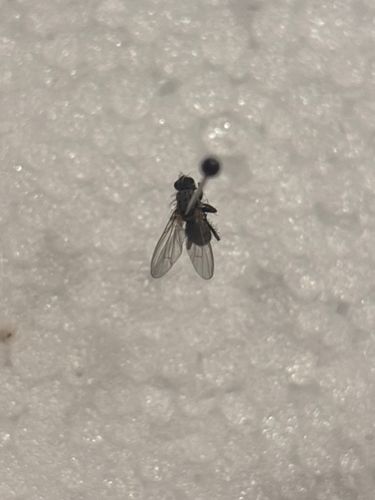Fruit Fly
Scientific Name: Drosophila melanogaster
Order & Family: Diptera (True Flies), Drosophilidae (Fruit Flies and Vinegar Flies)
Size: 2-4 mm (0.08-0.16 inches)

Natural Habitat
Typically found around ripe, fermenting, or decaying fruits and vegetables, as well as in areas with sugary or alcoholic liquids. Common in homes, orchards, and food processing facilities.
Diet & Feeding
Feeds on the yeast found on ripe, rotting, or fermenting fruits and vegetables. They are also attracted to other sugary substances, vinegars, and alcoholic beverages.
Behavior Patterns
Fruit flies are attracted to fermenting produce and lay their eggs on or near it. Their life cycle is very short (about 7-14 days), allowing for rapid population growth. They are highly active fliers, especially when disturbed, and their small size allows them to easily access food sources indoors.
Risks & Benefits
Potential risks: Considered a nuisance pest in homes and commercial settings, especially food-related businesses. While not known to transmit diseases to humans, they can contaminate food with bacteria and other microorganisms picked up from decaying matter. Potential benefits: Widely used as a model organism in genetic and biological research due to its short life cycle, ease of breeding, and shared genetic characteristics with humans.
Identified on: 9/19/2025